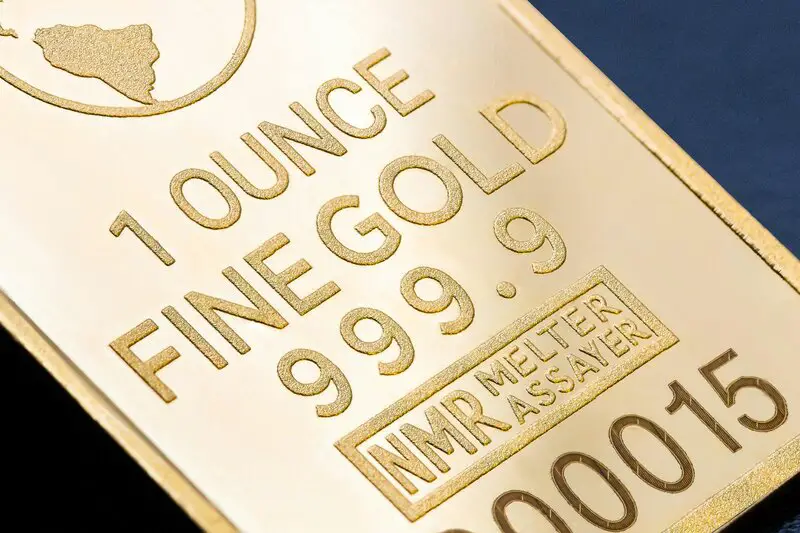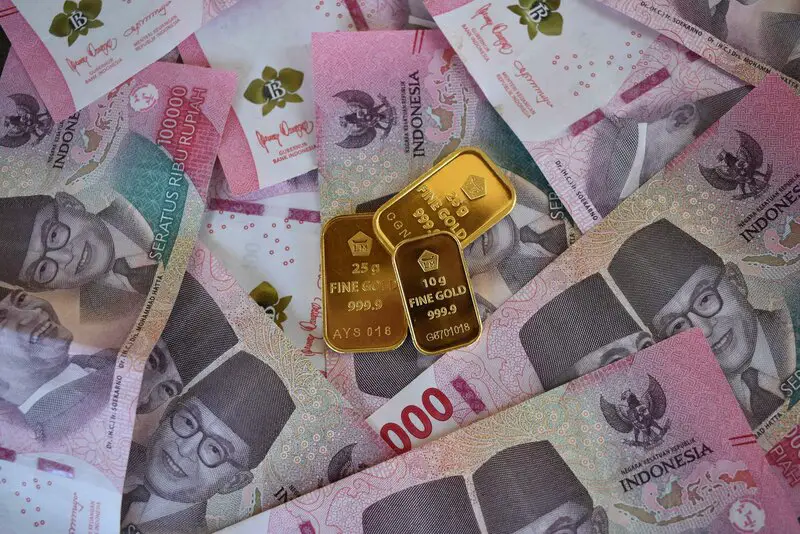Gold has always been more than just a shiny metal. For central banks around the world, it's a strategic reserve asset that plays a critical role in economic stability, international confidence, and monetary policy. But why do central banks still hold gold in the modern age of digital finance, and what does this mean for everyday investors like you?
In this article, we'll unpack the reasons behind central bank gold holdings and how their actions can influence the broader gold market.
Why Central Banks Accumulate Gold
1. Preserving National Wealth
Gold has served as a store of value for thousands of years. It's universally accepted and not tied to any one country's economy or political system, which makes it a reliable hedge against currency depreciation and inflation. Central banks hold gold to preserve the wealth of their nations, particularly in times of economic instability or geopolitical tension.
2. Diversification of Reserves
3. Crisis Hedge and Confidence Builder
In times of global uncertainty—whether due to war, financial crisis, or pandemic—gold tends to perform well. Central banks use it as a buffer, knowing that in extreme scenarios, gold can help stabilise the national economy. Moreover, gold holdings instil confidence among foreign investors and international institutions by signalling that a country has robust financial foundations.
4. No Counterparty Risk
Key Advantage: Counterparty-Free Asset
Unlike currencies or bonds, gold is a tangible asset that isn't dependent on another institution's solvency. Holding physical gold eliminates counterparty risk, which is particularly important in systemic crises when trust in financial institutions can falter.
5. Historical Legacy and Monetary Policy Ties
Many countries have a long-standing tradition of holding gold. Some still reflect gold on their balance sheets from earlier eras when the gold standard was in place. Although most economies no longer peg their currencies to gold, the historical significance remains strong, and gold continues to symbolise monetary strength and stability.
Central Banks Leading the Charge
In recent years, central banks—especially in emerging markets—have been net buyers of gold. According to the World Gold Council, nations like China, India, Russia, and Turkey have been accumulating gold to reduce their reliance on the US dollar and protect against currency volatility.
How Central Bank Activity Affects the Gold Market
1. Market Sentiment and Confidence
Central Bank Buying
Sends strong signal to market. Investors interpret these moves as signs of uncertain economic outlook, prompting increased demand from private investors.
Central Bank Selling (Rare)
Can temporarily depress prices and erode investor confidence, though such sales are uncommon in the current environment.
2. Influence on Supply and Demand
Although central banks don't trade gold as frequently as private investors, their bulk purchases or sales can significantly influence global supply and demand dynamics. For example, coordinated gold buying from several central banks can tighten supply, pushing prices higher.
3. Policy Decisions and Currency Implications
Countries with high inflation or political instability might turn to gold to strengthen public trust in their monetary system. This behaviour can affect currency values, leading traders and investors to adjust their own positions accordingly. In extreme cases, gold purchases can even act as an alternative to raising interest rates.
What This Means for You as an Investor
1. Validation of Gold's Role as a Safe Haven
Institutional Endorsement
Central bank activity validates the idea that gold is more than just a speculative asset. If the institutions that manage national economies rely on gold to maintain stability, it reinforces gold's value as a long-term hedge for individual investors.
2. Monitoring Central Bank Trends for Strategy
Investors can benefit from watching central bank trends:
- Increasing reserves: Could signal potential market turbulence ahead
- Stable/declining reserves: Might indicate more confidence in traditional financial systems
3. Understanding Price Impacts
Central bank buying can contribute to long-term upward trends in gold prices. While it might not affect day-to-day volatility, it supports the idea that gold's value will remain resilient over time. As an investor, this makes gold a compelling component of a diversified portfolio.
4. Long-Term Planning and Wealth Protection
Real-World Examples
| Country | Gold Holdings | Strategic Reason |
|---|---|---|
| Germany | Over 3,300 tonnes | Repatriated gold to reduce reliance on foreign custodians and reassure the public |
| Russia | Significant increases | Response to Western sanctions and threat of reserve freezes, reduced US dollar exposure |
| India | Steady growth | Reserve diversification and mitigation of global currency risk |
| China | Regular purchases | Supporting yuan internationalisation and enhancing financial sovereignty |
Germany
The Bundesbank holds over 3,300 tonnes of gold, the second-largest reserve globally. Much of it was repatriated from abroad in recent years to reassure the public and reduce reliance on foreign custodians.
Russia
In response to Western sanctions and the threat of reserve freezes, Russia ramped up its gold purchases and reduced its US dollar exposure.
India
The Reserve Bank of India has steadily increased its gold holdings to diversify its reserves and mitigate global currency risk.
China
The People's Bank of China has been buying gold regularly, supporting its efforts to internationalise the yuan and enhance financial sovereignty.
Conclusion
Central banks don't accumulate gold out of nostalgia—they do it to strengthen economic resilience, diversify reserves, and maintain monetary independence. For individual investors, this serves as a powerful endorsement of gold's enduring value.




